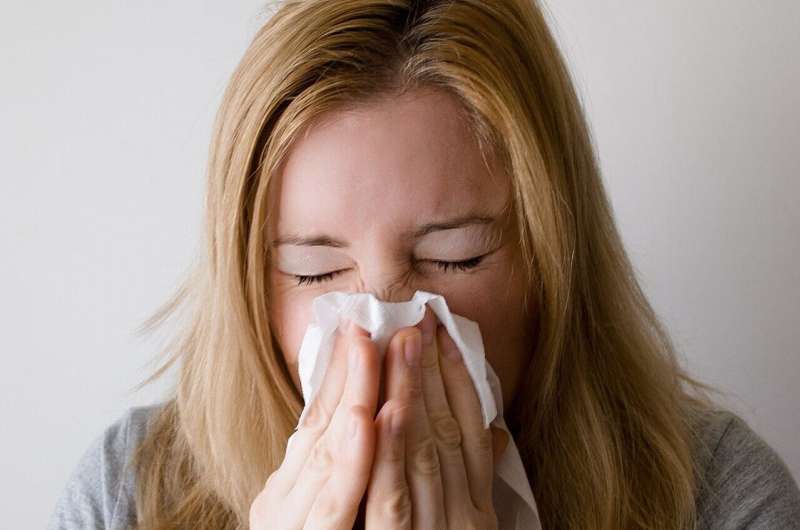Rising Temperatures and Humidity Significantly Increase Emergency Room Visits for Heart Conditions

Rising temperatures and humidity levels significantly raise the risk of emergency room visits for heart conditions, especially in vulnerable populations. A new study emphasizes the importance of climate-aware health policies.
A recent study highlights the compounded health risks associated with high temperatures and humidity, revealing a substantial rise in emergency room visits for heart-related issues during extreme weather conditions. According to research from Tulane University, as temperatures climb and humidity levels become more intense, the strain on the cardiovascular system intensifies. When the body is exposed to high heat, it responds by increasing blood flow to the skin to aid cooling, which places additional stress on the heart. This can elevate the risk of heart attacks and strokes, especially in individuals with pre-existing heart conditions.
The study, published in Science of The Total Environment, examined over 340,000 emergency visits in Dhaka, Bangladesh, from 2014 to 2019. Findings reveal that while high heat alone accounted for an 8% increase in heart emergencies, the combination with high humidity — specifically when relative humidity exceeds 82% — dramatically amplifies the risk, resulting in up to a 26.7% increase in emergency visits. Notably, heat and humidity together can hinder sweat evaporation, our primary cooling mechanism, thereby forcing the heart to work harder.
Researchers observed no significant link between humidity alone and heart emergencies. Instead, the synergy of heat and humidity presents the greatest danger. The study found high heat (above 84°F) increases heart-related emergencies by 8%, with risks magnified when humidity surpasses 80%. This pattern held consistent across different ages and genders.
These findings have profound implications, especially for countries like Bangladesh where air conditioning is uncommon, and vulnerability to climate change is high. As global temperatures continue to rise, understanding the combined effects of heat and humidity becomes essential. The researcher, Mostafijur Rahman, emphasizes the importance of developing strategies to warn populations about dangerous weather conditions and encourages individuals to adopt heat-mitigating behaviors, such as staying hydrated, seeking shade, wearing breathable clothing, and using public air-conditioned spaces.
Ultimately, the study underscores the necessity for policymakers to consider these environmental factors when designing public health responses and climate change mitigation strategies, aiming to protect vulnerable populations worldwide.
[Source: https://medicalxpress.com/news/2025-08-temperatures-humidity-emergency-room-heart.html]
Stay Updated with Mia's Feed
Get the latest health & wellness insights delivered straight to your inbox.
Related Articles
Innovative Antibody Cocktail Could Provide Broad Protection Against Seasonal Flu
A revolutionary antibody cocktail developed at The Jackson Laboratory shows strong promise for providing universal protection against various influenza strains, including potential pandemic variants, with resistance to viral escape and rapid deployment capabilities.
Rising Cases of Flea-Borne Typhus in Southern California: How to Protect Your Pets and Yourself
Flea-borne typhus infections are increasing in Southern California. Learn how to protect yourself and your pets from this bacterial disease with simple preventive measures.
The Impact of Poor Housing Conditions on Public Health
Research from Israel highlights how poor housing conditions significantly affect public health, emphasizing the need for policy reforms to ensure safe, affordable, and quality housing for all.



